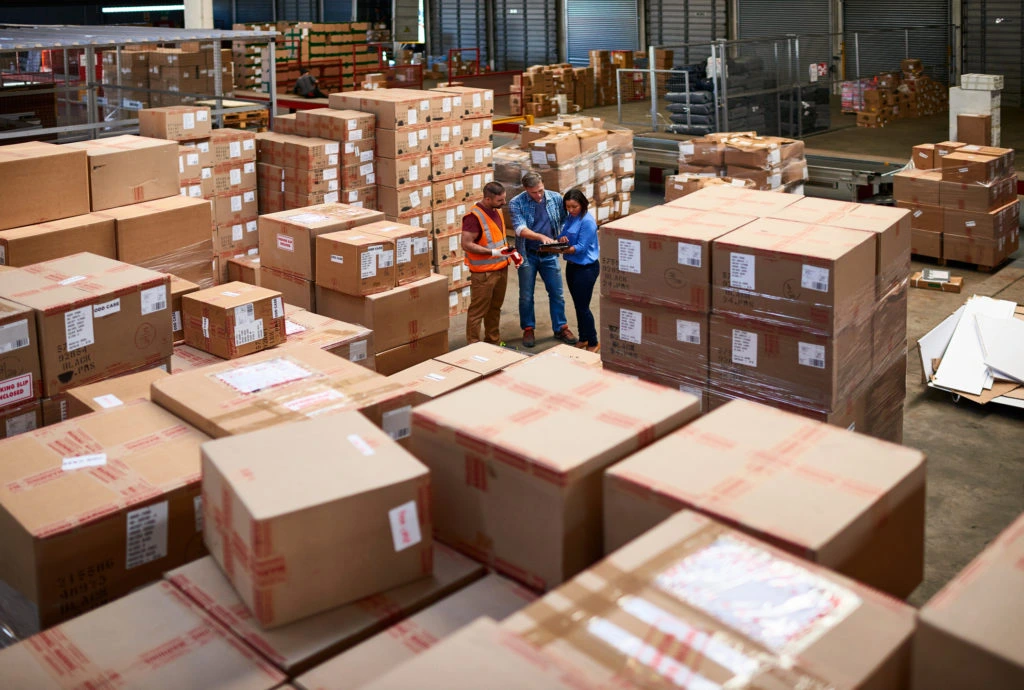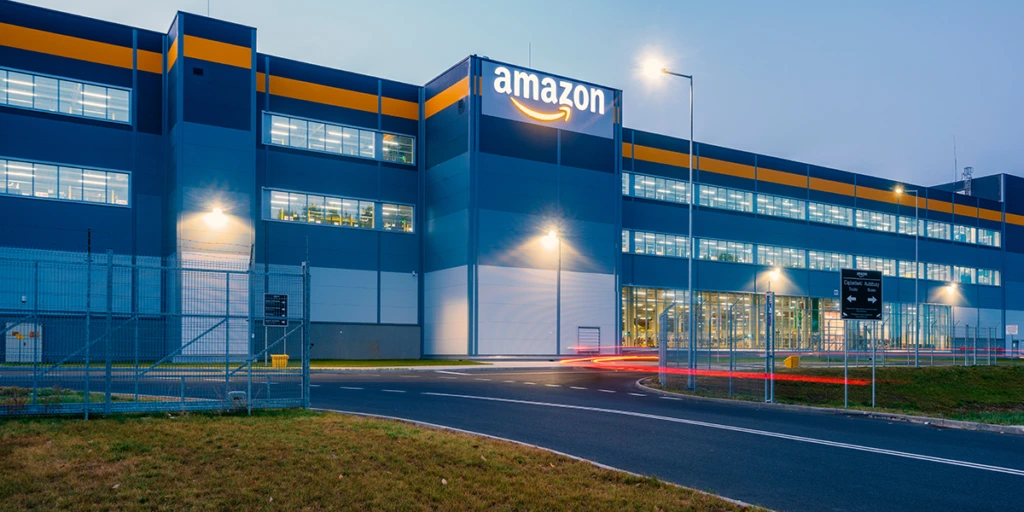
Goodbye ASIN Level Quantity Limit, Hello Storage Type Level Restock Limit


Table of Contents
- What Does This All Mean?
- The Negative Implications of Amazon’s Changes
- What Are the Options for Amazon Sellers?
- A Closer Look at Amazon’s Changes
- How are restock limits by storage type determined?
- How do you calculate utilization?
- Will my FBA restock limits change?
- How can I reduce my utilization to create additional shipments?
- How do my Multi-Channel Fulfillment (MCF) orders affect my restock limits?
- Frequently Asked Questions
Last summer, Amazon sent shockwaves into the Amazon Seller community with the following news announcement:
“To maximize selection for customers during peak, we are introducing ASIN-level quantity limits on products in FBA. Most products will have enough space available for over three months of sales.”
What this meant was that all new products had limitations of 200 units for new products. This changed the way many Amazon sellers did business, and even caused many to delay product launches.
Until last year, many sellers would send their initial orders of 500-1000 units of products directly from their factory to Amazon’s warehouses – without even having touched the products. But now, they would only be able to send in a maximum of 200 units. That number is much lower than the usual minimum order quantity from manufacturers.
Because of that, more sellers than ever before started to use 3PL warehouses to send their shipments. That way, sellers could slowly move their inventory into Amazon as they sold their product. This became a way of life for Amazon sellers.
There was much speculation that this was not a permanent move by Amazon. Sure enough, these ASIN level quantity limits are now gone.
Amazon announced the following, effective April 22, 2021:
“FBA products will no longer be subject to ASIN-level quantity limits. Instead, restock limits will be set at the storage-type level, offering you more flexibility in managing your shipments.”
Amazon
Before you begin to party like it’s 1999, you need to know that while in some cases this is great news, there are some sellers for whom this is actually a net negative move, due to the new restock limitations that are now in place.
What Does This All Mean?
In a nutshell, your restock limits are at the account level now, not ASIN level, and they are by “storage type,” at the account level. In my accounts, the different storage types that I have limitations listed for are standard size storage, oversize storage, apparel storage, and footwear storage.
How can you see what your limitations are? First, go to your Shipping Queue in seller central.
Then scroll ALL the way down to the bottom and you’ll see tiny tabs that are very easy to miss:
Click on the Restock limits, and it will expand and show you your limitations.
In Project X, we have more than half of our capacity available. I have a similar situation in one of the Project 5K accounts as well.
I am actually launching two products this week in the Project X account, and instead of being limited to 200 units, I can send as much as I want. (As long as I don’t hit that 3625 number!)
It’s not all rainbows and unicorns though.

The Negative Implications of Amazon’s Changes
This inventory capacity also includes your inbound shipments. The sellers out there who do big numbers, will all of a sudden be completely cut off from launching new products at all!
One seller in the Helium 10 Members Facebook group lamented that he only sells one product, and sells it at a very high rate. However, as of today he is now unable to create any more shipments, or launch a new product. His sales are so high that Amazon is telling him that he is actually “low in stock.”
Why then can’t he create new shipments?
It’s because of all of the shipments in transit to Amazon. He was hit with an inventory storage type level restock limit of 6,200 units. Because of all the inventory that is pending or in-transit shipments, it’s a total of 13,000 units.
Until his on-hand and in-transit inventory goes to less than 6,200 units, he cannot even create a shipment of ONE unit more with his existing product (or any new products).
I see many people complaining about the same thing which leads me to hope that Amazon might change how this new limitation is executed. If they do not change it, what do you do next?

What Are the Options for Amazon Sellers?
Sellers like the one mentioned above would obviously not want to have to completely run out of stock before creating a new shipment from China. What they will have to do is send their next order from their factory to their own warehouse or a 3PL warehouse instead of creating a shipment going to Amazon.
They simply have to play the waiting game until they sell another 7,000 units to get under the 6,200 limit. Then at that time, they can start trickling inventory from their 3PL into Amazon.
By creating a shipment from a domestic warehouse, the transit time should only be about one week in most cases, as opposed to 1-2 months from China. Still, all of a sudden this now creates a great deal more expenses for sellers who have to do this.
Shipping products to a 3PL is just like shipping it to Amazon. However, any warehouse will charge money to receive and store this inventory.
The warehouse will then possibly charge another fee to pick and ship it to Amazon, plus the fees for shipping pallets and supplies. (Even for domestic shipments from a 3PL to Amazon)

A Closer Look at Amazon’s Changes
Amazon has a very detailed FAQ page about the ins and outs of this new standard. Let’s go over a few of the questions to see what we can learn.
First of all, Amazon offers a big highlighted text warning to the sellers out there who, like during the Covid limitations last year, might want to try to skirt the system by using browser tricks or other hacks to get extra inventory.
How are restock limits by storage type determined?
Amazon explains that the limitations are based on past and forecasted sales. So, in many cases, such as what we see in Project 5K and Project X, you should be ok if you have had steady sales, and do not have too much stock on hand and on the way.
How do you calculate utilization?
As mentioned earlier, your utilization doesn’t just consist of your on-hand inventory. As with the previous ASIN level inventory limitations, all of your incoming shipments, including shipments in working, transit, or receiving status are also included. What is NOT included in your utilization are inventory pending removals as well as reserved inventory.
Will my FBA restock limits change?
Amazon says that they “will update restock limits regularly.” How regularly, we are not sure. It seemed like for the ASIN level restrictions, they would update it daily. We will work on a way of showing you your number in Helium 10’s Inventory Management tool, similarly to the way we have shown the ASIN level limitations.
How can I reduce my utilization to create additional shipments?
There are various ways to do this. Selling more product, pulling inventory OUT of Amazon to your local warehouse, or cancelling open shipments that you have that you do not plan to use.
How do my Multi-Channel Fulfillment (MCF) orders affect my restock limits?
Do you sell on Shopify or other websites and use MCF to fulfill those orders? You will be happy to know that these shipments are included in your past and forecasted sales, and absolutely will have an impact on your restock limits.
What other questions do you have about this new program?
Let us know in the comments below or in our Facebook group so we can try to track down the answers for you.
This is a very different kind of inventory limit compared to the old ASIN level quantity limits.
However, this new storage type level restock limit has a very similar impact on a seller’s strategy. If you are near these limitations and due to your sales velocity and lead time you find it difficult to stay under the number, you almost have to utilize a third party warehouse to import your product.
Do you like this new move?
If you are significantly under your storage limit as with the Project X account, you might be happy since now you are no longer limited to 200 units for new launches.
Or, are you almost tapped out of your capacity, and now all of a sudden are unable to launch a new product you had planned?
Regardless of which bucket you fall into, just remember that it’s not the end of the world. There are always ways to navigate these inventory restock limits in a TOS compliant and practical way!
Frequently Asked Questions
Achieve More Results in Less Time
Accelerate the Growth of Your Business, Brand or Agency
Maximize your results and drive success faster with Helium 10’s full suite of Amazon and Walmart solutions.
